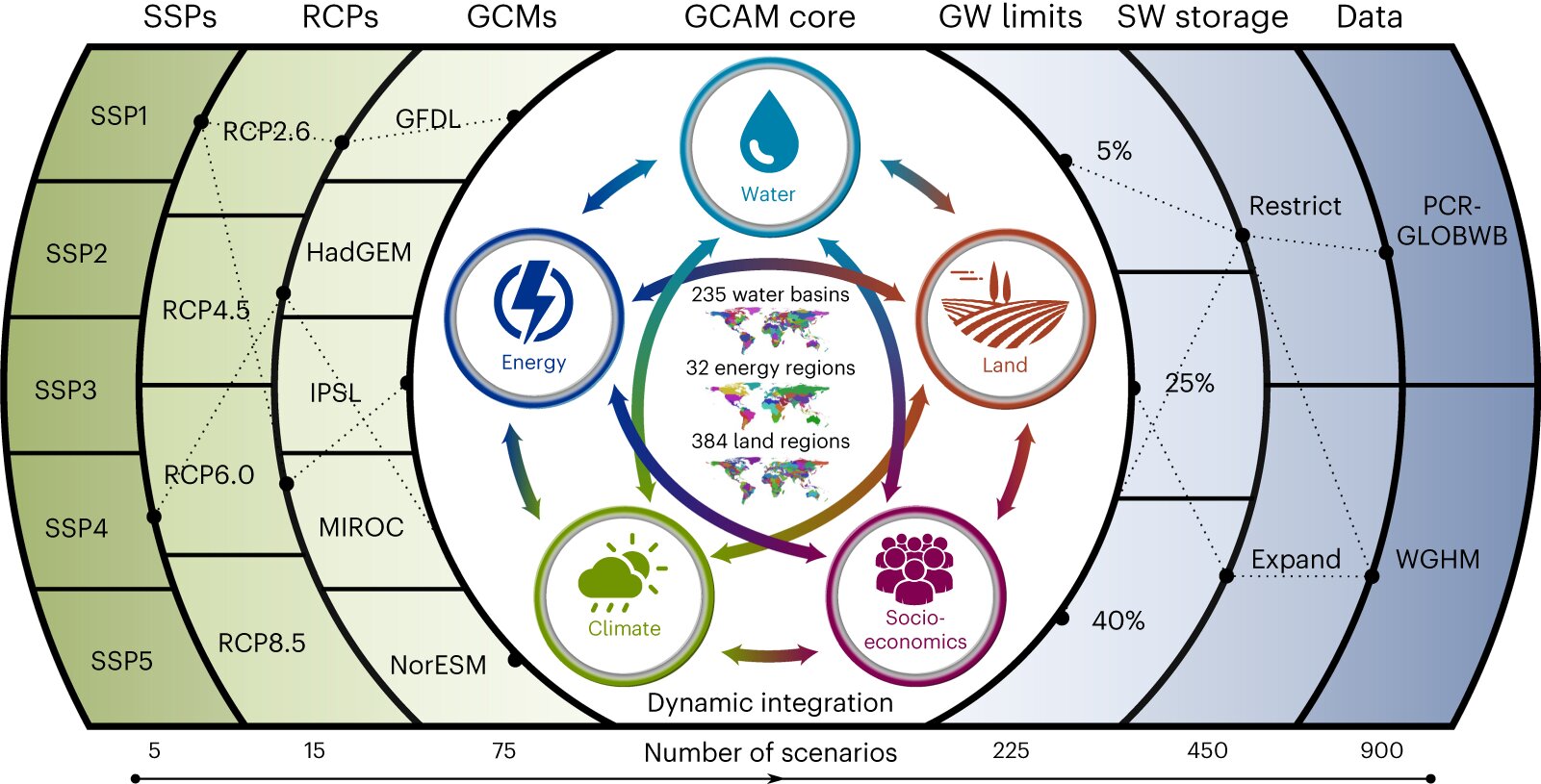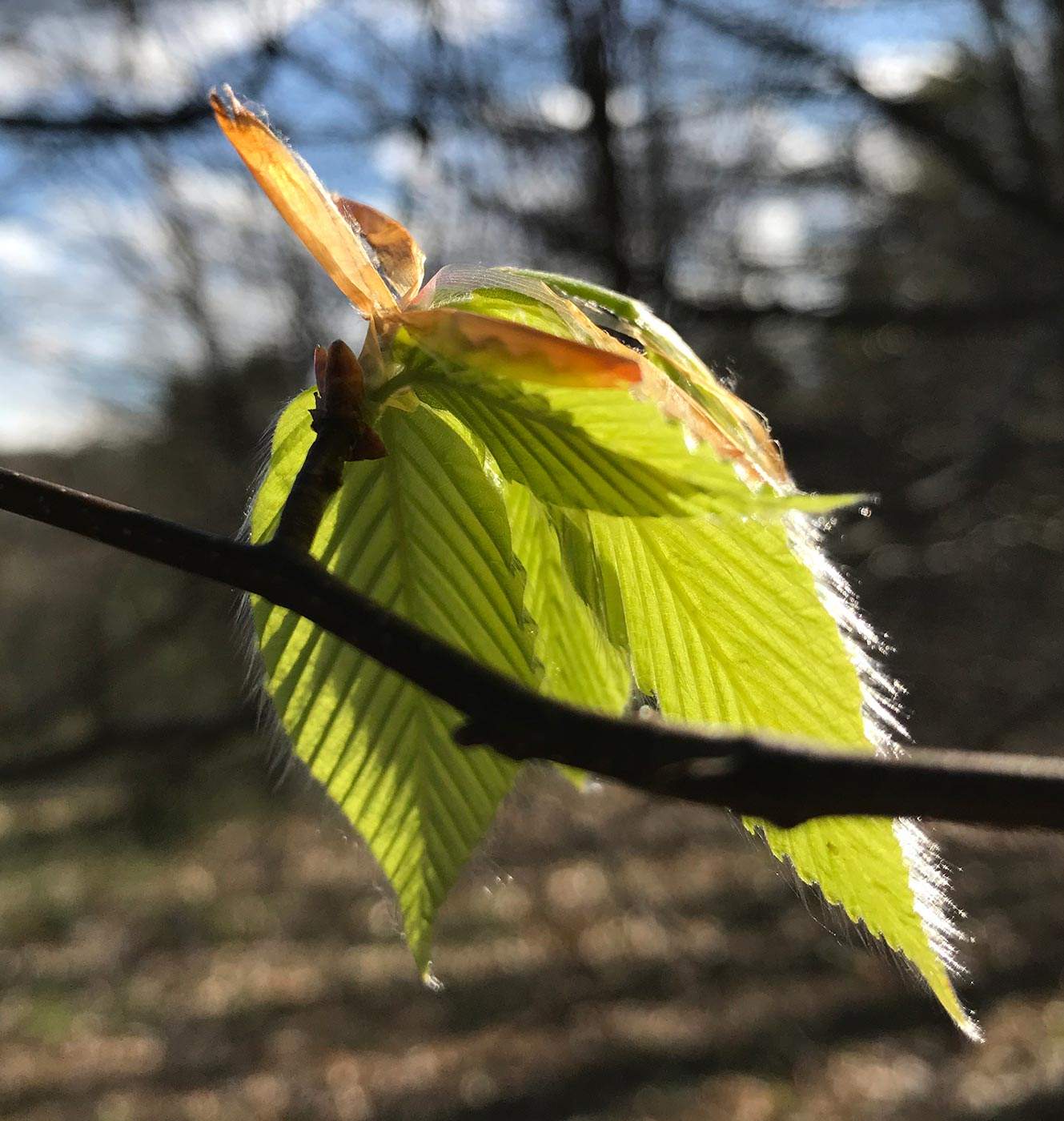
An Introduction to Forest Carbon
Readers often express interest in forests’ capacity to absorb and store carbon, and in climate-friendly management practices. In this first installment of a four-part series supported by the Virginia Wellington Cabot Foundation, we’ve asked forest ecologist and tree physiologist Alexandra Kosiba to provide an overview of forest carbon basics – including an explanation of how carbon moves through forest systems.
Kosiba, an assistant professor of forestry and a forestry specialist at the University of Vermont Extension, and licensed Vermont forester, previously served as climate forester for the Vermont Department of Forests, Parks and Recreation. She leads the Vermont Forest Carbon Inventory project, and also provides educational presentations for the Securing Northeast Forest Carbon Program, a federally funded collaboration among state foresters in New England and New York. The program is an excellent resource for readers wishing to delve deeper into forest carbon topics. You can access its materials, including recorded webinar presentations by Kosiba, here.
Carbon storage is the amount of carbon contained in an entity – such as a tree, an acre of forest, a piece of lumber, or a cubic yard of soil. One analogy that may be helpful is to think of carbon storage as the amount of money in your bank account. However, carbon is measured as mass (usually pounds or tons).


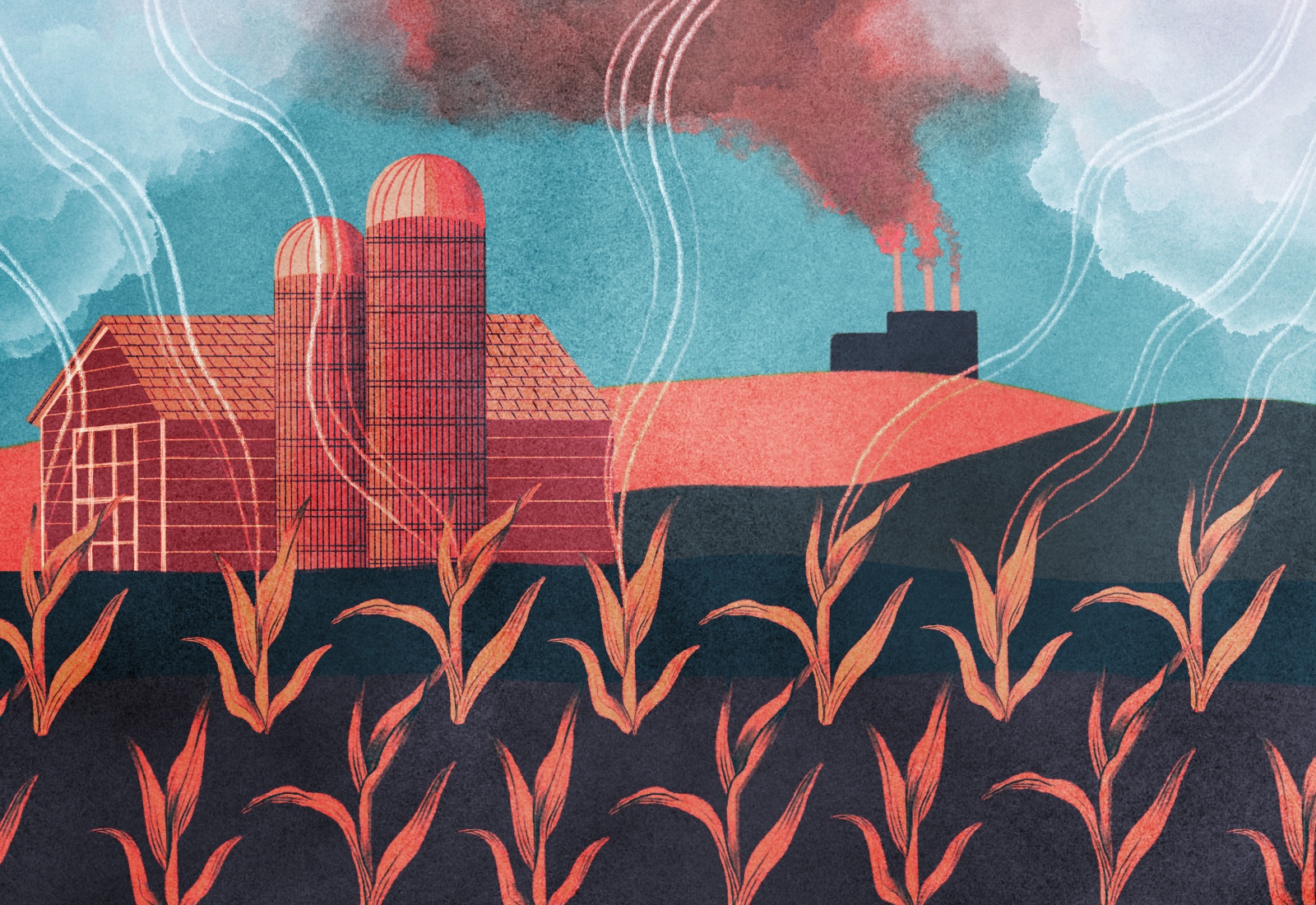
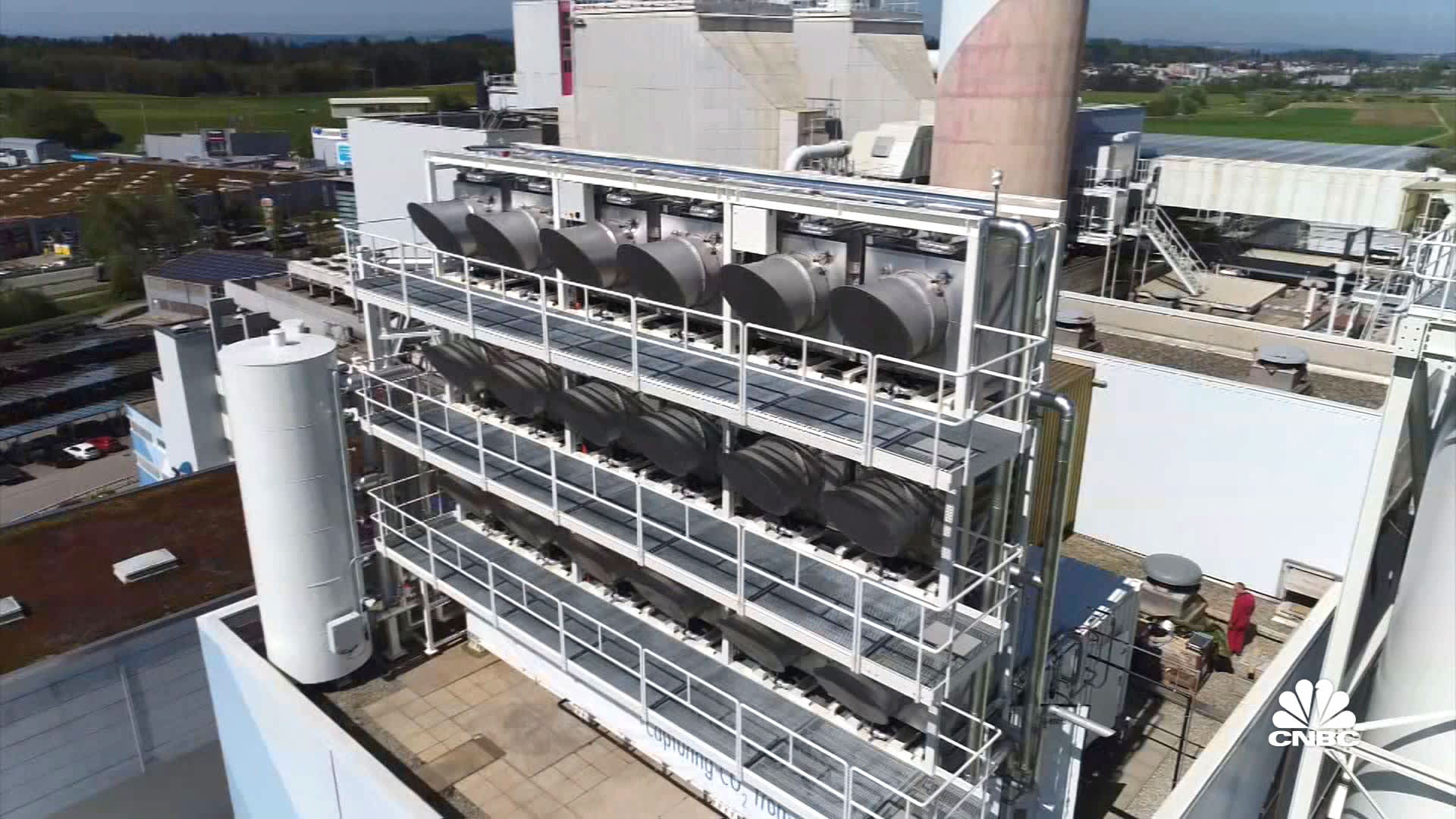

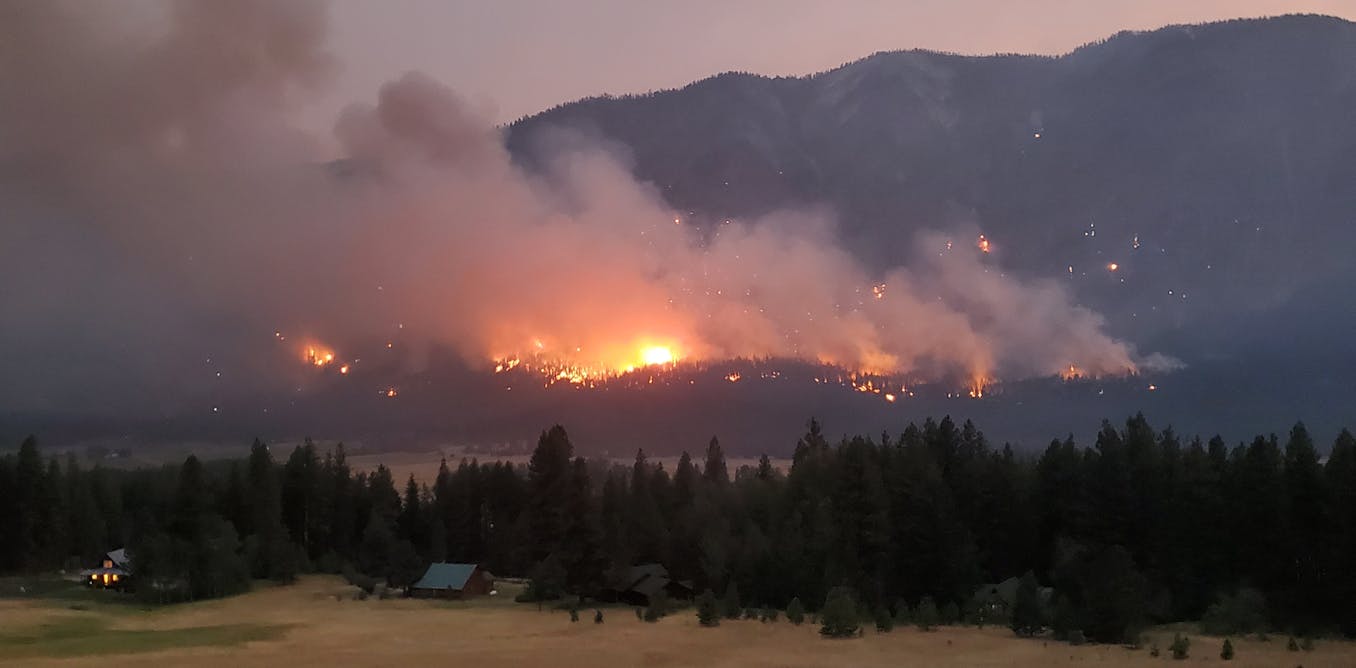
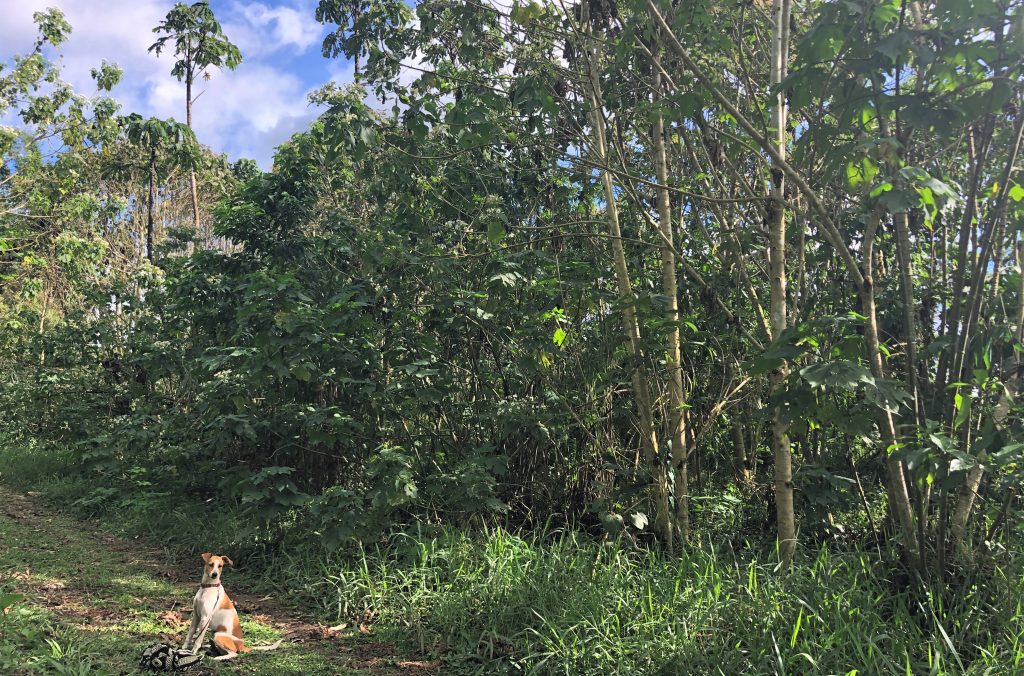

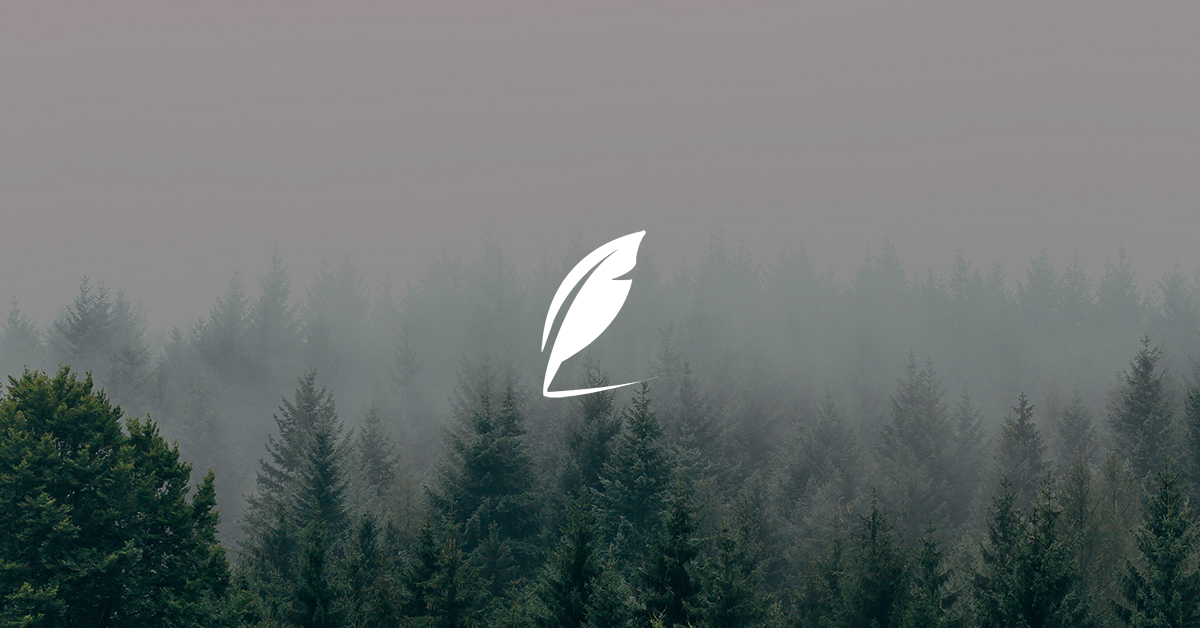
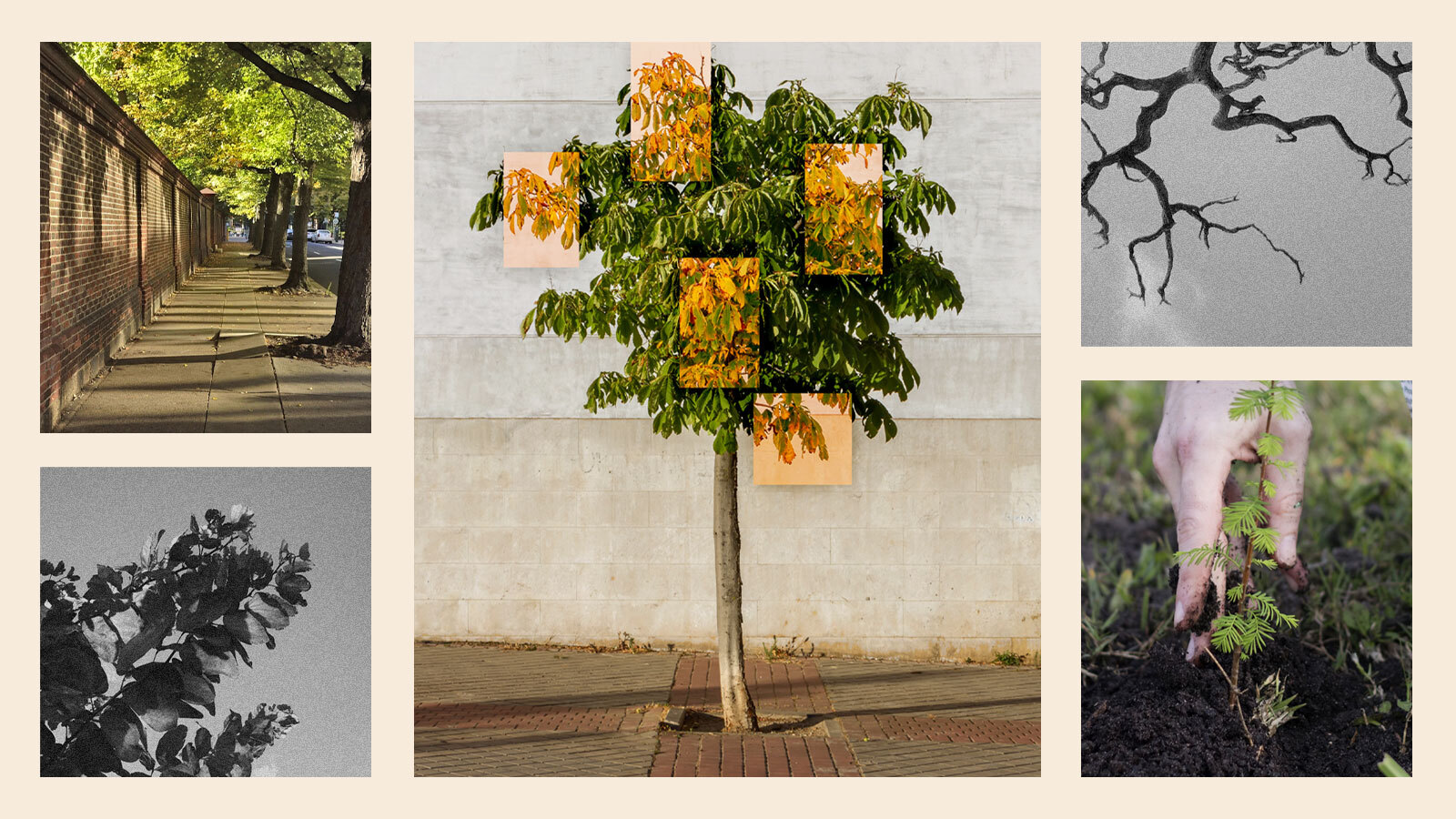












/cdn.vox-cdn.com/uploads/chorus_asset/file/25416369/STK473_NET_NEUTRALITY_CVIRGINIA_A.jpg)
